Smart health
Improving quality of life for patients and professionals alike

As one of the major ITEA challenges, a large number of RD&I projects have been devoted to Smart health: technologies which can improve diagnosis, treatment and quality of life for patients while reducing healthcare costs and the burden on practitioners. How can projects in areas like personalised care, optimised patient journeys and minimally invasive surgery help meet end-user concerns in this complex field? Henk Marquering of Amsterdam’s Academic Medical Center (AMC) and Jouke Dijkstra of Leiden University Medical Center (LUMC) share their successes so far.
What goes unseen
In his role at the LUMC, Associate Professor Jouke Dijkstra is working in the Department of Radiology, Division of Image Processing. Here, attention is being devoted to minimally invasive surgery, which requires the unlocking of different data sources and the meaningful presentation of such data to clinical users. “In hospitals, a lot of data is generated by imaging systems, for example, but this data does not automatically end up with the doctor,” begins Jouke. “In ITEA projects, we looked at the bottlenecks during the diagnostic phase, treatment planning and the minimally invasive procedure itself. By combining data from different sources and acquisition phases, more complete datasets can be presented during the diagnostic phase and the treatment planning phase, such as with 3D models and image fusion.”
With the trend from more ‘open’ surgery procedures to minimally invasive procedures, some work will be performed using robotic assistance. For Jouke, a cornerstone of ITEA and the LUMC’s collaboration is ensuring that a good balance is struck between the benefits and possible shortcomings of these procedures. “A disadvantage is that the doctor loses direct visual feedback,” he explains. “This is being compensated by technical solutions in which images recorded before the procedure are processed into 3D models during the surgery. It’s important to get a good alignment between the actual position of an organ and the images which have been acquired before the procedure.”
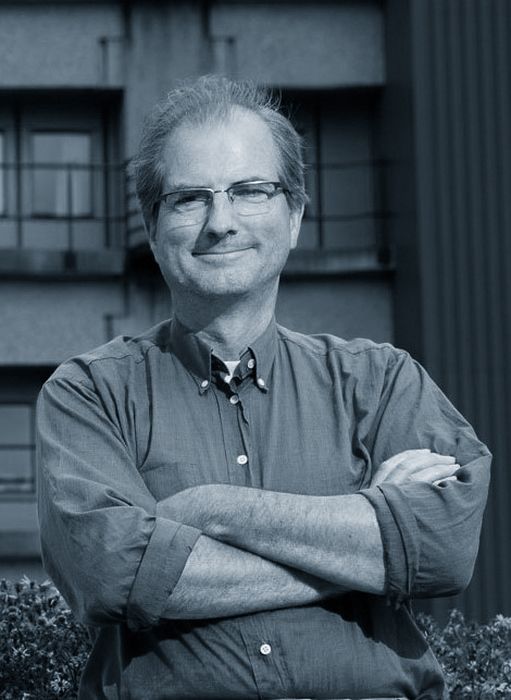
Leiden University Medical Center
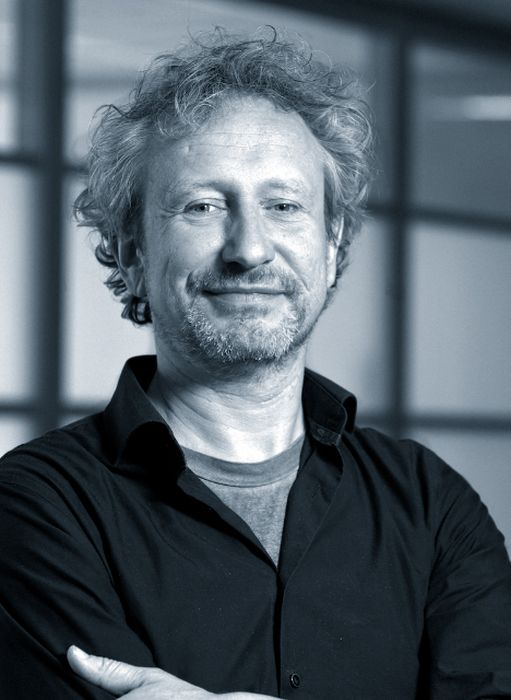
Amsterdam Academic Medical Center
A link to industry
For the LUMC, the added value of ITEA participation is twofold. First and foremost, projects allow for improvements to patient care and reductions in the time needed for treatment planning and procedures. Secondly, international RD&I projects bring together multidisciplinary teams with a clear link between the technical input from the different industrial and research partners and the requirements of the clinical partners. “For hospitals themselves, it is difficult to transform concepts into products, especially with all the regulations – but demonstrators can be used by participating companies to do this,” continues Jouke. “Another added value for an academic research hospital is that we have access to the latest developments (for instance, the use of AI in medical applications), can participate in innovative research and can teach this to new students.”
As a success story, Jouke looks to an application developed in the ITEA project BENEFIT , in which several images are combined to perform liver, tumour and blood vessel segmentation for liver cancer treatment. By combining the different images, more accurate segmentation is possible, resulting in better 3D models. Likewise, a software tool created in the ITEA projects IMPACT and ASSIST can be used during both the interventional procedure to ‘burn’ away small tumour regions (ablation) and give surgeons an overview of anatomical structures in relation to tumour regions.
“In procedures, it is not only important to remove tumours as well as possible but also to avoid damaging other tissue, like major blood vessels. A nice example was a patient with multiple tumours which had to be treated with both ablation and resection. The 3D model with tumours allowed much better communication between the doctors to indicate who was going to treat which tumour. Overall, minimally invasive surgery is beneficial for the patient as the recovery time will be reduced. And for the health system, it reduces costs, it involves fewer personnel and the hospital stay is shorter.”
The quest for valuable data
Similar work is ongoing at the AMC, where Henk Marquering, Professor Radiology, in particular Translational AI, brings AI functionalities and methodologies to clinical practice to improve care for both patients and professionals. This is part of a wider transition towards data-driven or data-informed healthcare, which has proven challenging due to the former proprietary status of data in hospitals. “Data only becomes valuable if a number of conditions are met,” says Henk. “For example, data needs to be combined with other data, has to become widely available and needs to be standardised. Moreover, the amount of medical (imaging) data is constantly increasing. Data harmonisation and availability was (and sometimes is) one of the main needs in current healthcare that has been addressed in ITEA projects.”
As part of the Amsterdam University Medical Centers, the AMC has been involved in various pioneering ITEA projects, from SIGNET on image-guided treatment workflows to Medolution on long-term monitoring and real-time decision support in smart environments. Participation in such projects grants the UMC a role in the co-development of novel IT-based solutions that improve care and diagnosis logistics, in turn allowing them to choose the right approach to novel opportunities. Data-driven healthcare is now a major part of their strategy and a variety of achievements have been realised across various collaborations.
“In MEDUSA , we worked together with Philips and other industrial partners to develop cloud-based radiological image analysis for the fast processing of large amounts of image data years before this became a generally accepted solution,” Henk notes. “Similarly, for the 3DPathology project, we’ve implemented Deep Learning analysis of pathology images in the current workflow. And in PARTNER, diagnostic and prognostic supporting models have been developed based on ‘heterogeneous’ data which come from different data sources, such as disease history, radiology data and lab tests. In this project, we’ve also developed models based on data from multiple centres without sharing data. This has a huge benefit in reducing privacy-related risks, a topic that is currently being further addressed in the Secur-e-Health project.”
Taking the next steps
The solutions developed in such projects initially benefit healthcare professionals by improving their capacity to work in an efficient manner. As a knockon effect, diagnosis and treatment decisions can be made faster and more accurately for patients. One clear example is the cloud-based AI diagnosis of stroke patients, which uses a methodology and concepts developed in MEDUSA and has since been spunout to form the company Nicolab. Their solution is now used in many hospitals and has resulted in much quicker stroke recognition and earlier treatment of patients.
“With previous and current ITEA projects, we have shown that patient journey-based technology is possible and beneficial for patients,” Henk concludes. “Required tests that provide the needed information can be planned on one day and this information can be assessed in multidisciplinary team meetings on the same or next day. The next steps will be to develop, evaluate and implement data-driven healthcare. This will also be a huge step forward in the preparation of value-based healthcare, which focuses on the effects of treatment relative to the costs. The introduction of value-based healthcare will undoubtedly result in a large change in healthcare as we know it.”

Other chapters
Use the arrows to view more chapters
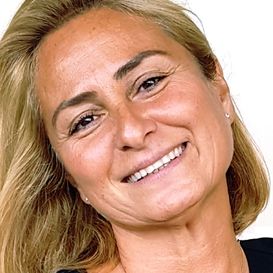
Editorial
By Zeynep Sarılar

Country Focus: Belgium
Creating jobs through innovation
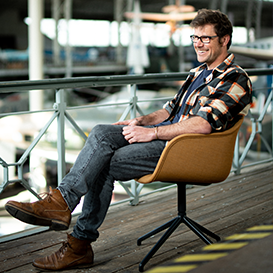
FEops
Becoming a truly global player

ITEA Success story: MOS2S
New forms of engagement in entertainment and society
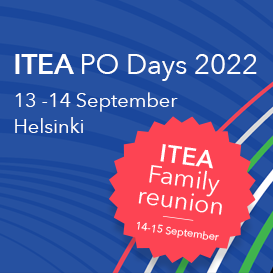
ITEA PO Days 2022 & ITEA Family reunion
The ITEA Community is coming together again!
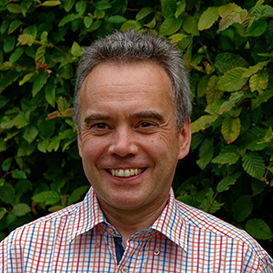
Community talk with Olivier Biot
An internationalist in body and soul

ITEA Success story: ENTOC
The next stage in virtual engineering and commissioning
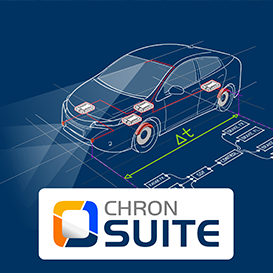
SME in the spotlight: INCHRON
A passion for finding the right timing
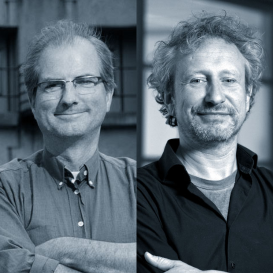
By and for end-users
Improving quality of life for patients and professionals alike
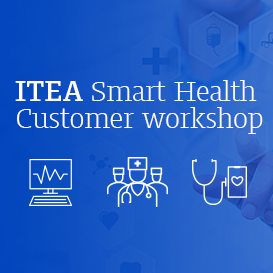
Smart health – new challenges ahead!
Insights into the 2022 Smart health customer workshop
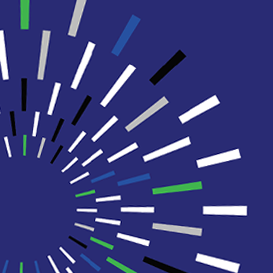
Introducing the ITEA Call 2021 projects
A promising start!
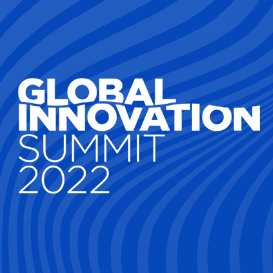
Global Innovation Summit 2022
Good to meet again, in-person and online

